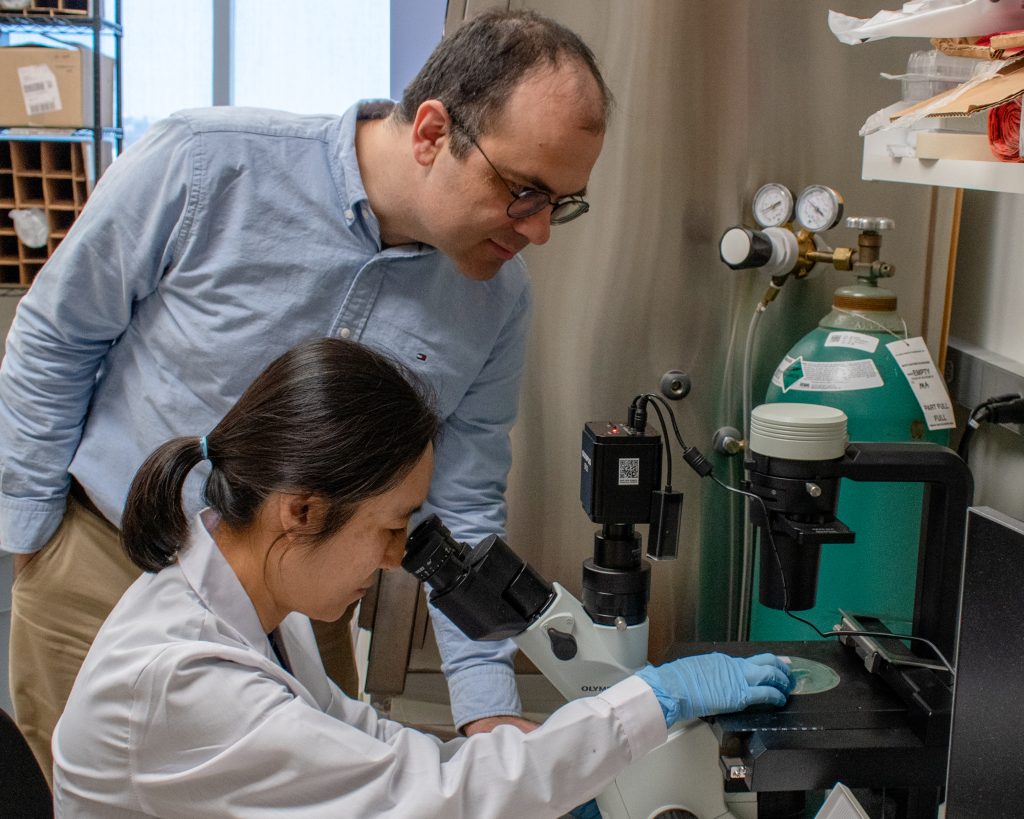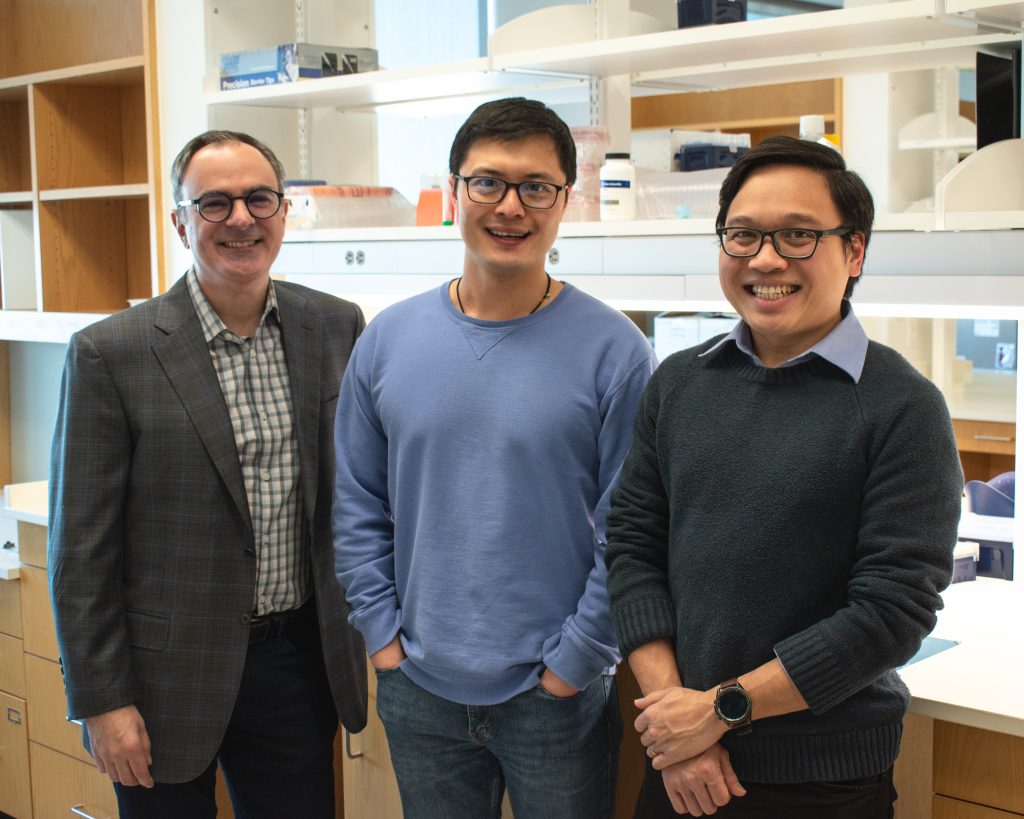Much work remains to be done to understand the mechanisms that regulate stem cell aging — knowledge that is critical not only for understanding how regenerative capacity is preserved in certain tissues throughout adult life, but also why that capacity declines with age. The aging of stem cells, however, cannot be considered in isolation. The process must be viewed in the context of temporal changes in stem cell and tissue properties that occur throughout life to meet changing growth and regeneration demands.
Stem cells divide rapidly during fetal development to support growth, remain on stand-by during young adulthood to repair tissues, and then, in older adulthood, begin to shut themselves down by turning on tumor suppressor genes. This last phase may reduce the incidence of cancer in aging tissues, but it also reduces regenerative capacity.
Sean Morrison, Ph.D., Director of the Children’s Research Institute at UT Southwestern (CRI), and Robert A.J. Signer, Ph.D., a Canadian Institutes of Health Research Fellow at CRI, have evaluated a variety of processes that influence stem cell aging in the context of mechanisms that are known to influence general cellular aging and life span. Read their research review published in Cell Stem Cell.



